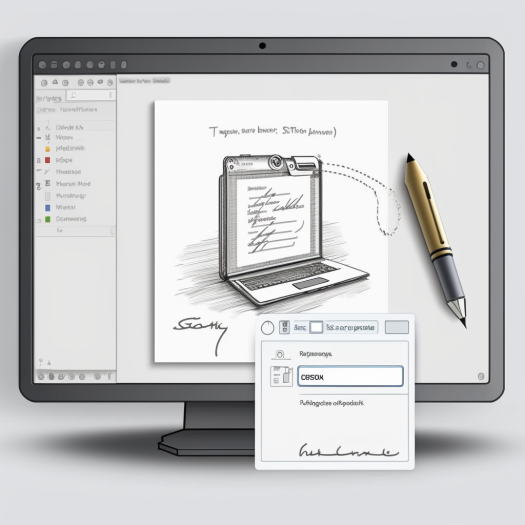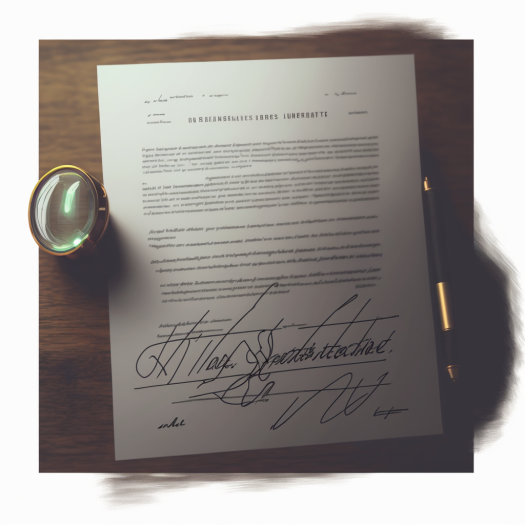Mastering Digital Signatures in Word: The Ultimate Guide

Table of Contents
1. Understanding Digital Signatures
2. Creating a Signature Line
3. Adding a Digital Signature
4. Incorporating Invisible Digital Signatures
5. Removing a Digital Signature
6. Preserving and Distributing Signed Documents
7. Troubleshooting Common Issues
Understanding Digital Signatures
Digital signatures are vital in maintaining the authenticity, integrity, and non-repudiation of digital documents. In Word, the digital signature functionality allows you to prove your identity and protect your information.
Creating a Signature Line
Creating a dedicated signature line in your Word document sets the stage for digital signing. Follow these steps:
1. Select the Insert Tab: Open Word, go to the “Insert” tab on the toolbar.
2. Click on Signature Line: In the “Text” panel, select “Signature Line” from the “Signature” dropdown.
3. Add Signature Details: Fill in details such as signer’s name, title, and email in the dialog box that appears. Click “OK” to establish the signature line.

With the signature line ready, it’s time to add your digital signature:
1. Click on the Signature Line: This will open the “Sign” dialog box.
2. Choose a Signature Option: Insert a signature by typing your name, drawing the signature, uploading an image, or using a digital ID.
Incorporating Invisible Digital Signatures
Invisible digital signatures can be added for additional security:
1. Open Protect Document Option: Click on the “File” tab, navigate to “Protect Document”, and select “Add a Digital Signature”.
2. Complete the Signing Procedure: Follow the signing steps outlined above.
Removing a Digital Signature
To remove a digital signature:
1. Access the Signatures Pane: Click on the “File” tab, then “Info”. In the “Signatures” pane, find the signature you want to remove.
2. Select Remove Signature: Right-click on the signature, then click on “Remove Signature”.
Preserving and Distributing Signed Documents
Once you’ve added a digital signature to your Word document, the proper preservation and distribution of this document are essential. A secure, easy-to-use platform like Centilio.com can make these steps straightforward and reliable.
1. Save in .docx Format: To maintain the integrity of the signature, save your signed document in the .docx format. Centilio’s secure storage solutions can help protect your document, making sure it’s safely stored and easily accessible at any time, from any location.
2. Distribute via Email: When sharing your signed document, email is often the most convenient method. Centilio enhances this process, providing an intuitive interface for sharing documents securely, ensuring that your recipients can also verify the signature.

Troubleshooting Common Issues
Here are solutions to common issues you may encounter while inserting a signature in Word:
1. Invalid Signature: This usually happens when the document was modified after signing. Check if the document was altered inadvertently.
2. Missing Signature Line: If you cannot locate the signature line, make sure you correctly followed the steps in the ‘Creating a Signature Line’ section above.
3. Inability to Add Signature: If you’re having trouble adding a signature, ensure you have the necessary permissions and that your digital ID is valid.
For those looking for an all-encompassing solution, from adding a digital signature to Word documents to their secure storage and distribution, Centilio.com provides a robust and user-friendly platform.
This comprehensive guide, along with Centilio’s advanced features, guarantees a smooth, detailed, and secure experience when dealing with digitally signed documents. These strategies not only enhance the security and authenticity of your documents, they also streamline your digital operations in today’s rapidly-evolving digital world.
External Links/ Sources:
Add or remove a digital signature for Microsoft 365 files
